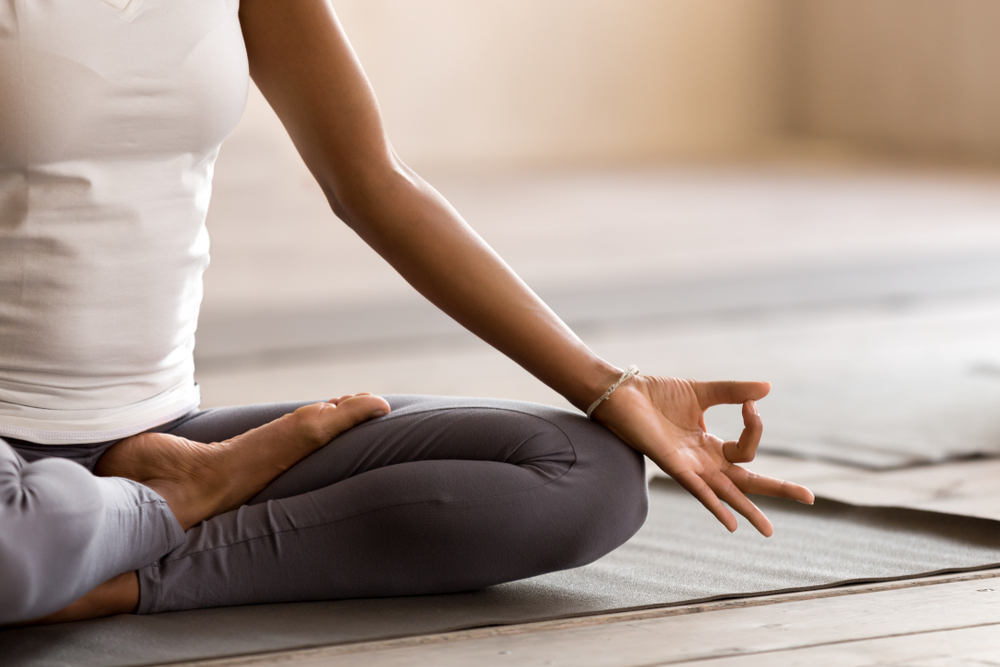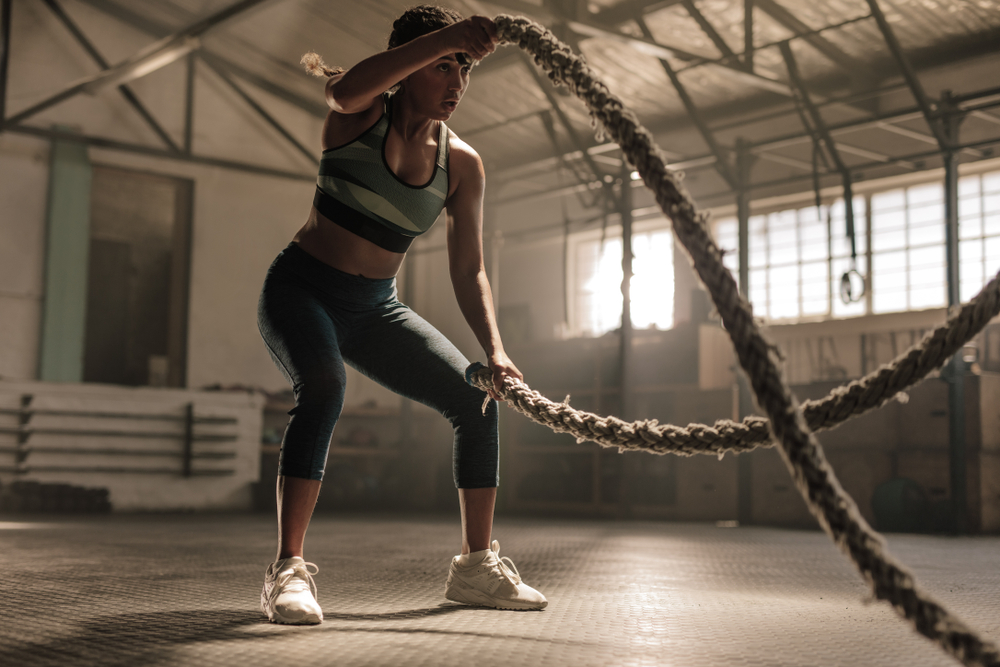It’s often thought that the only way to prepare for a marathon is by following strict marathon training programs.
Although it's important to gradually increase your mileage as part of your training for a marathon, there are other things you should focus on as well.
And so in this latest blog as part of our ongoing marathon series, we’ll be sharing all our best marathon training tips and techniques.

When training for a marathon, it’s important to do other activities to help reduce the impact of running on your body and feet.
Running a marathon without training can risk injury and ruin your chances of participating in future races. The more miles you run, the more impact the soles of your feet endure, so much so, that you could even develop plantar fasciitis.
However, you can protect your feet by using specialised sports insoles, such as our FootActive Sports, FootActive UltraLite or FootActive Performance insoles.
Although extra support can help reduce injury, you should also integrate other activities and rest days into your marathon training plan. So get ready to take off your running shoes and try out the below!
1. Swimming
Working out in the pool is a great way to enhance your marathon training. This is because you can recreate exercises typically conducted outside of the water without exerting as much force on your body.

Not only can swimming help increase endurance and oxygen capacity, but it can also build your leg muscles and strength.
Try pool running sessions or aqua jogging, but you can also swim lengths and alternate between strokes, such as freestyle and butterfly.
2. Yoga and pilates
Some of the best forms of exercise you can include in your marathon training, as well as your post-marathon recovery, are yoga and pilates.
Both of these exercises encompass strengthening and stretching - two essential components of any marathon training.

Yoga and pilates can also help relieve stress in the muscles whilst simultaneously improving range of motion and enhancing muscular control.
You can even partake in these exercises during your rest days, just make sure to listen to your body carefully and take it easy.
3. Meditation
Similar to yoga, using a quick meditation technique for mindfulness can change your life completely.
As well as bringing you calmness and serenity, it releases your stress and worries. Mindfulness techniques bring you to the present moment and offer you the inner peace and clarity you need to overcome your obstacles.
The closer you get to the date of your marathon, it can become easy to feel like everything is going wrong, that your knee is starting to ache like it hasn’t in the previous four months, that those last few training sessions are the hardest you’ve done.
Taking up meditation teaches us to let go of these thoughts so that they do not interfere with our training.
4. Strength training
Marathon training for beginners tends to encompass a lot of cardio and aerobic exercises. However, you should also focus on strength training and muscle building as part of your marathon training plan.
You don’t necessarily have to use any weights or practice heavy lifting; you can simply use your bodyweight to build muscle. Try some basic moves like jump squats, push-ups, walking lunges and burpees.
If you’re looking for a mix between strength training and cardio, you may find a fitness regime like CrossFit very appealing.
5. Cycling
Cycling is fantastic if you’re not keen on the gym, looking to strengthen your lower body muscles and enjoy the outdoors.
Spinning and cycling can improve your quads, hamstrings, and glutes - some of the most vital muscles for long-distance runs. It’s often a high intensity workout which can also assist your lung capacity and endurance.
6. Cross training
The popularity around cross training and its benefits has increased significantly in recent years and for good reason, too.
While we covered cycling above, cross training also includes swimming, deep water running, stairmaster, the ergometer (rowing) machine, weight training, and versa-climber.
You’re now probably wondering how participating in other non-relatable activities will help you prepare for that gruelling 26 mile run you’re training for?
However, some of the benefits of introducing cross training into your training programme include:
- Variety - it will keep your training fresh and enjoyable
- Substitution - cross training brings more benefits to your ‘easy day’ activity
- Injury prevention - by taking part in other activities, you’re using and strengthening other muscle groups and the connective soft tissue which will benefit you when your training is at its hardest.
- Keeping lean - cross training is a great additional way of burning fat
Final thoughts
Marathon training isn’t just about physical activity, it’s also about healthy eating, staying hydrated, and improving your marathon mental toughness.
It’s important to note that successful and sensible runners will consider all the above rather than simply focusing on running as many miles as possible. It’s vital to cross the finish line safely, but above all, remember to enjoy every step of the ride.
If you have any further questions or need some more advice, please don’t hesitate to contact us. Good luck!
This blog is also part of a wider series about marathons, which you can check out below:
- Marathon Preparation: 4 Tips On What Not to Do
- Marathon Injury Prevention: Everything You Need To Know
- Pre and Post-marathon Recovery: How To Look After Your Body
- The Dangers of Not Taking Care of Minor Injuries Properly
- 6 Top Tips for Preparing a Walking Marathon
- The Pitfalls of Running a Marathon without Training




